Don't wanna be here? Send us removal request.
Text
Selection of brief
After reading the material given (index brief and stranger brief) I will be following the stranger brief for further work in this module. I want to do a project regarding the conflict between mental health and the body, specifically focusing on a body not working correctly due to poor mental health. Taking a closer look at the battles we all face at one point or another when the mind and body disagree. The stages of protection we put ourselves through to present as a fully functioning person when inside we can be falling apart, and how the armour we create can make showing our vulnerability difficult.
0 notes
Text
Evaluation
Evaluation
Ryan Murphy
Throughout this module I chose to examine the relationship between the mind and body, specifically the effects mental illness can cause on the physical body both internally and externally. By studying the stranger brief I felt it was an interesting opportunity to view the body and mental state in a new way. The general understanding is that everyone deals with mental health issues at some point in their life but not that they can have a much further reaching effect on our physicality and health. High blood pressure, heart attacks and migraines are all well understood conditions relating to mental health, but issues such as muscle tension, liver damage and lung scarring can come from constant exposure to stress and anxiety which can make the body seriously unwell. As a society we have deemed these ‘non issues’ and disregardable, it was my intention to understand why we collectively behave this way when everyone is struggling to some degree or another.
During the first couple of workshops I was confused by both briefs (index and stranger) and the separate modules that at times felt like they overlapped. This caused a lot of stress during the first few sessions in the studio. It was at that point that I knew I wanted to find a way to explore those immediate feelings. The stress did take a toll on my body and as a result the attendance took a back seat, this was my way of protecting my mental health as well as physical. Analysing those feelings of wanting to protect myself I started to look into protection throughout history and the most common word that I found was armour. Historically it has been characterised as an external dressing (usually made from rawhide or metal) that was designed to protect vulnerable areas of the body, namely the head and torso. In more recent years we have adopted the concept of needing a thick skin to survive and that showing emotion is a weakness. In the UK specifically we have a reputation of having a ‘stiff upper lip’ and keeping every interaction professional with no room for vulnerability, joy included. Through my research I have found that the UK has roughly 1.54 million people suffering with a mental health condition and the subsequent physical conditions. For an island with a population of 68,748,525 that is an alarming number of people being ignored or forced into self protection mode for no real reason.
After the folded form workshops I started looking into making armour with the end vision of having a full suit made out of paper for the Visual Language module. Using a new set of skills and employing a more methodical approach, one I have used consistently throughout my practice thus far, to each element of making the armour I soon realised that the timeframe available to me would not work. Reevaluating the scale of what I
wanted to achieve, I made the armour link panels larger and aiming to make a torso and arms greatly reduced the stress but not the workload. The process of linking everything together was time consuming, due to this other work for this unit had to be slightly more simple in nature.
For Process and Enquiery I started again with armour again, however for this module I wanted to look more at the war waged within the armour. I found that working with text (a method I have used throughout my own personal practice) alongside the time based video work I was able to create something representing a headache or what I would call spiralling. The text allowed me to display the more emotional side of the work. As part of my 2D pieces I chose to write an open letter. It was cathartic, it felt like a weight had been lifted which I guess was an accidental addition to the piece and only strengthened my research that the mind is so fundamental to physical wellbeing. Talking about this section of my work in the studio with others was greatly beneficial, if not through suggestions of other work I could produce, hearing other people's opinions was inspiring in and of itself. The discussion of neurotypical people ‘masking’ (putting up a false front for the rest of the world) specifically made me want to use reflective surfaces. The shock blankets, gold masks and reflective cards were the first thing to jump to mind. Having to mirror other people's outward emotions is another way we lock our own away due to fear of judgement. Masking commonly makes people feel exhausted and want to hide themselves away to recharge socially. By combining the reflections and text I believe these elements tie to my theme well.
In future modules I plan to explore this theme more thoroughly, alongside using more time based/ video methods. Ideally going forward I will be able to better manage my understanding of the briefs and form a more constructive timeframe earlier in the process. I do enjoy the mix of working from home and the studio but ideally would like to spend more time working in my own space as that is where I feel most creative and able to work through projects.
Word count: 873
0 notes
Text
2D pieces
My 2D piece is text based, a mix of the lies we tell others that over time we take comfort in as the armour gets thicker, and the truth behind the lies that we desperately want to keep close but will ultimately feel better about if we share them with others.


I have written a letter to no one and everyone taking inspiration from one of the workshops. It is about the heaviness of what we carry inside manifesting on the outside. I also really enjoy the simplicity of words, I have realised this is a theme in my body if work so far over the years and is something I am likely to continue.
1 note
·
View note
Text
3D Piece
For my 3D piece I wanted combine the gold mask and the shock blanket to make a eye catching humanesk form. The combination of something decorative to hide a face and a shock blanket as something that actually performs a function of protection I felt it was a perfect harmony of what my theme entailed.


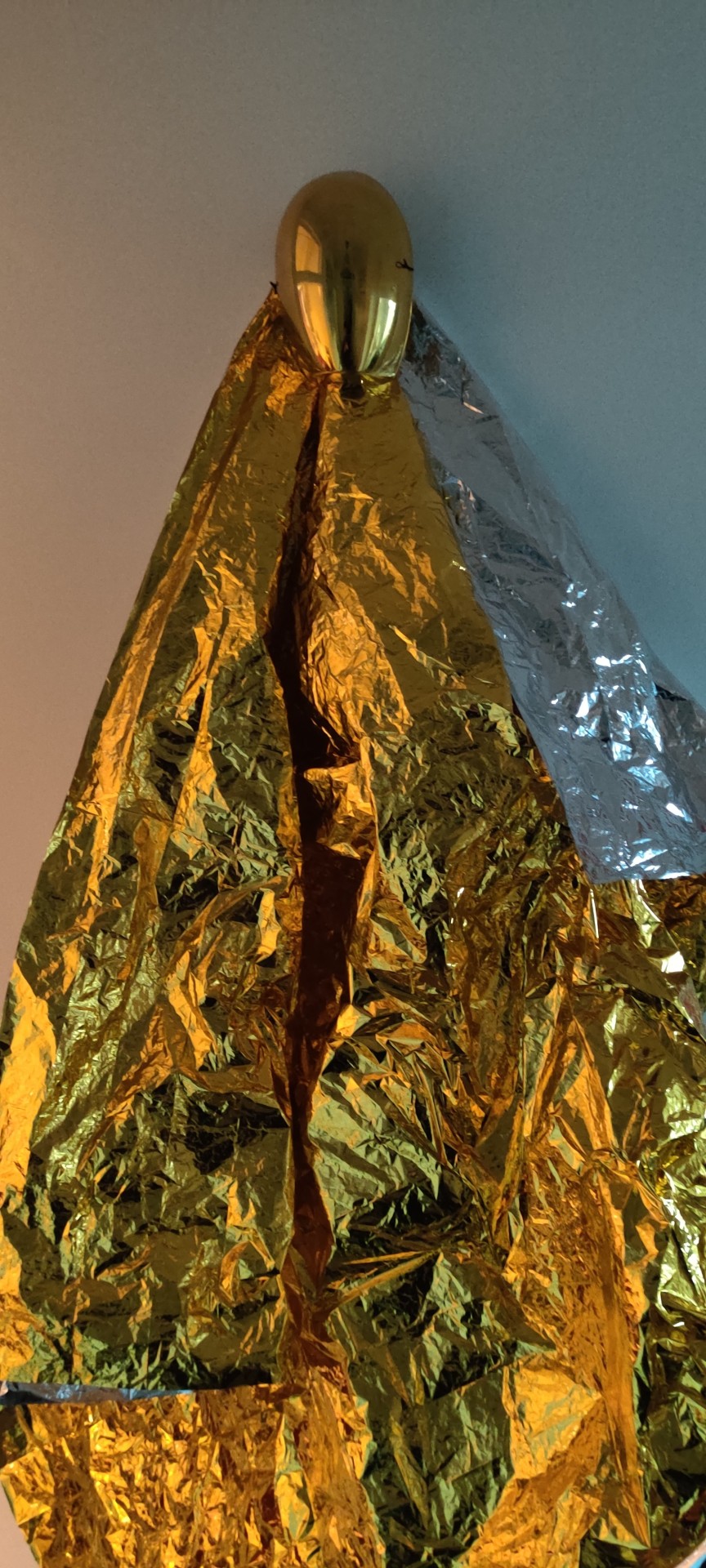
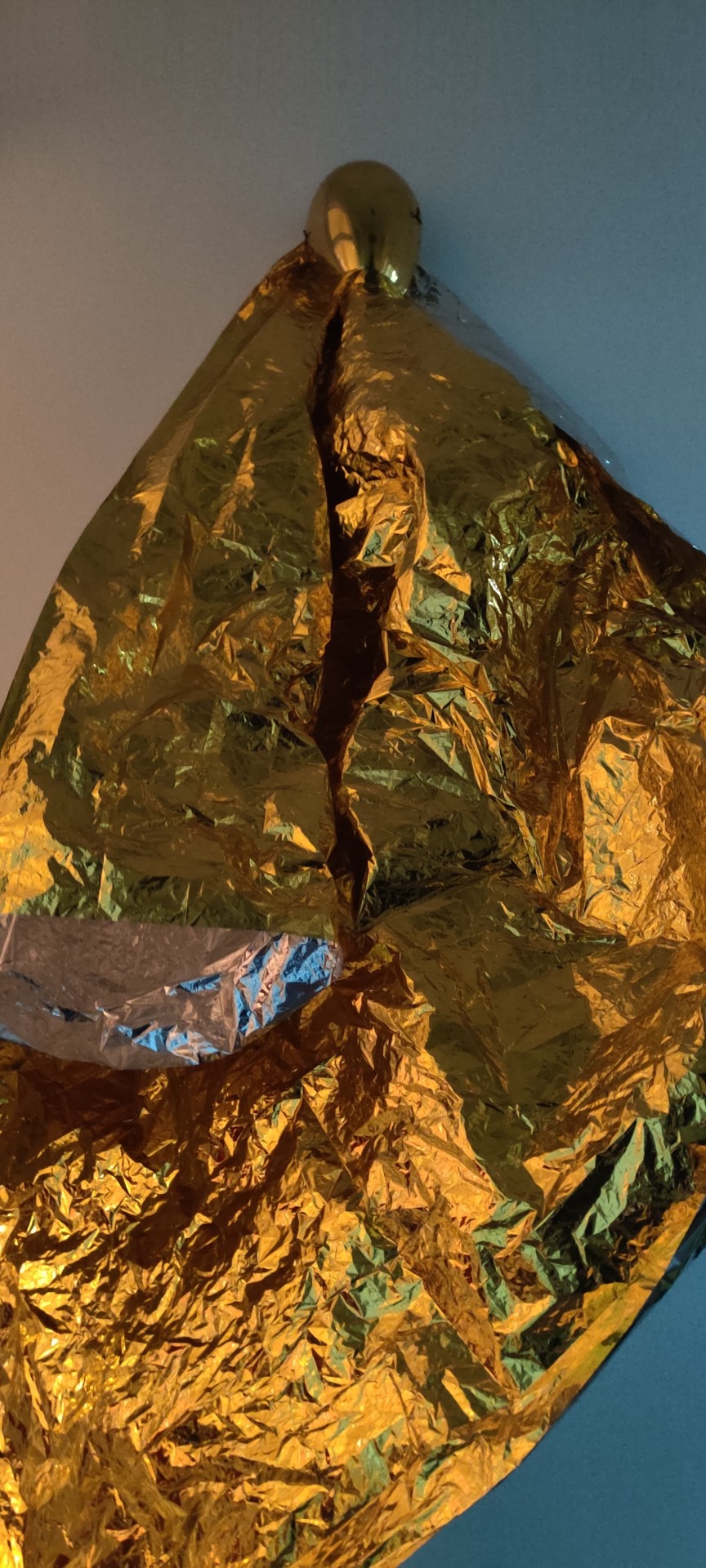
0 notes
Text
Time based piece 1

After further consideration I didn't like the quality of the video and I didn't think the sound added to the experience. Instead I chose to create a gif of the text based pieces and chose a speed that was instantly uncomfortable to watch, it doesn't allow much time to read the pages separately but every time you watch you pick out different words, usually ones you are most drawn to or demand a particular emotion from the viewer.

I think if this time based piece as almost an apology, asking for forgiveness when the armour has a crack in it and people see what's beneath. The protective panels fall away and what's left is messy sharp and worsened due to being constrained for so long.
0 notes
Text
Along with the video I took a couple of photos including the gold mask and my chest scars. The scars make my body feel more complete, but others view them as a sign of mental illness. I needed to develop my own thick skin, my armour, to become myself. Being automatically me has allowed me to break in full view of everyone and recreate my body to make me feel stronger.
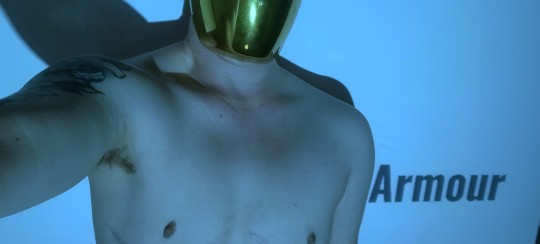
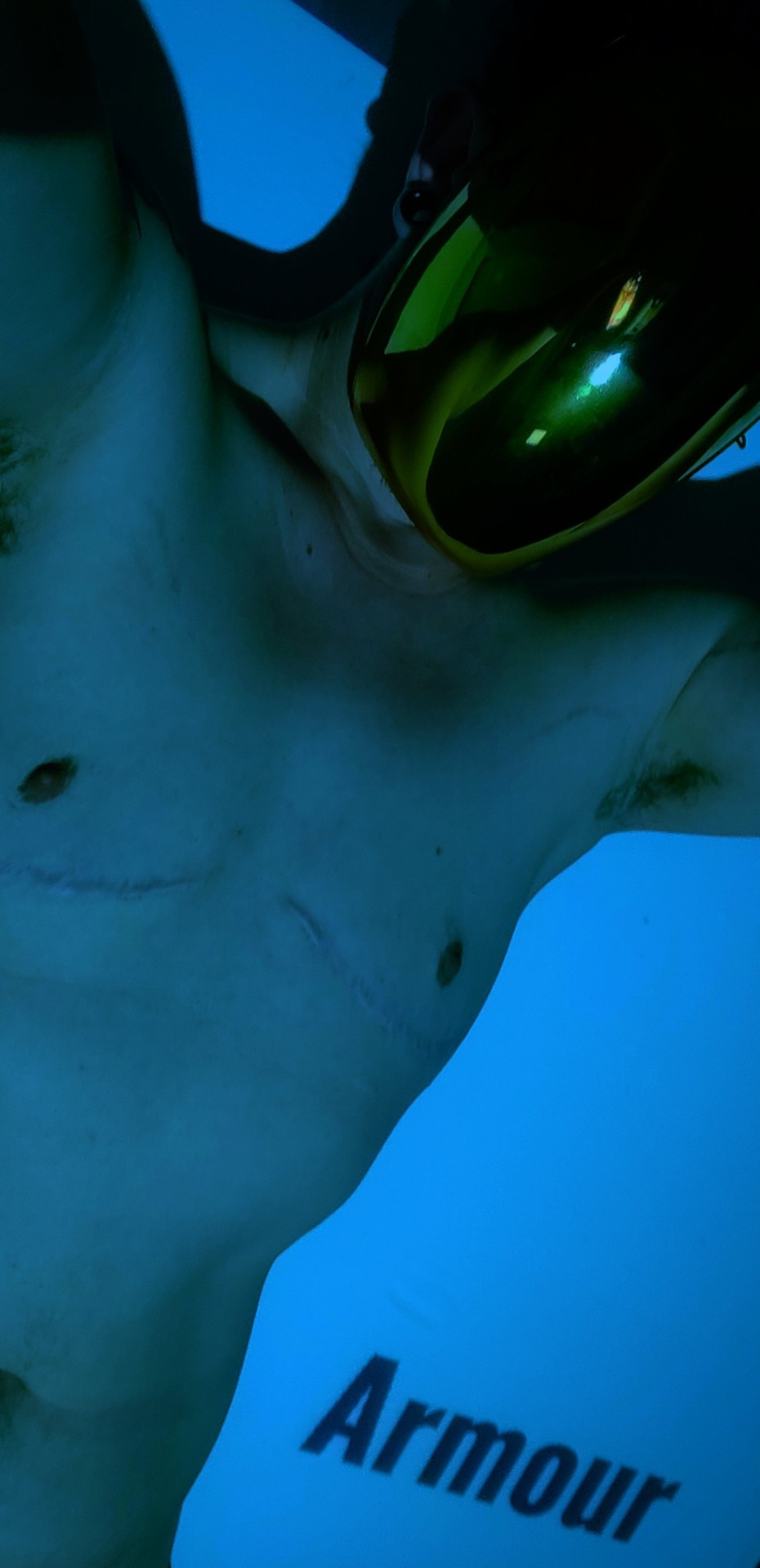
0 notes
Text
I wanted to try and include sound in my time based piece, and to me white noise that drones on and on can be the perfect way to explain what that feeling of emptiness sounds like.
0 notes
Photo

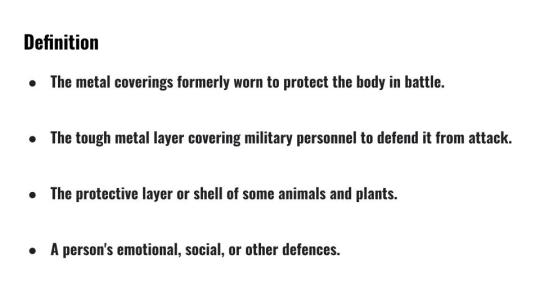
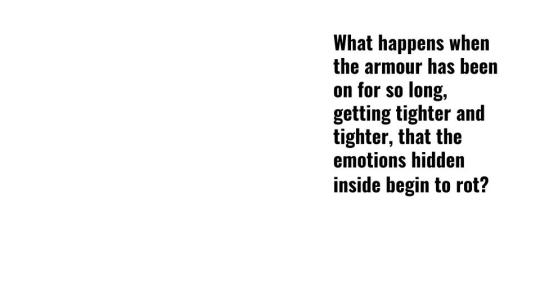

I aim to include these in my time based piece.
0 notes
Text
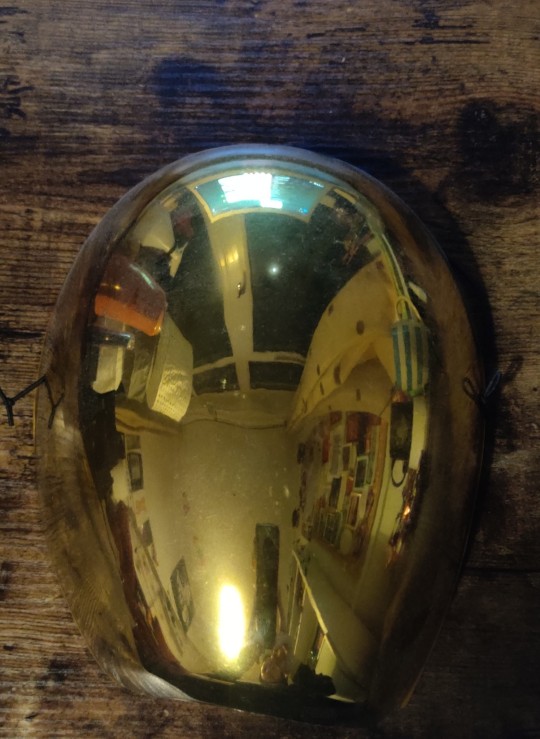
I found this gold metallic mask with a silver inside and it reminded me of the workshop we did with the shock blankets, I would like to try and incorporate it into my work.
0 notes
Text
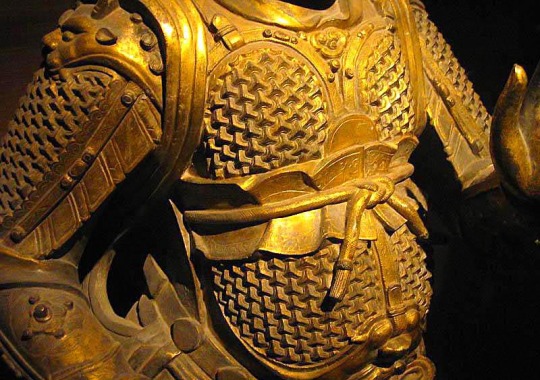
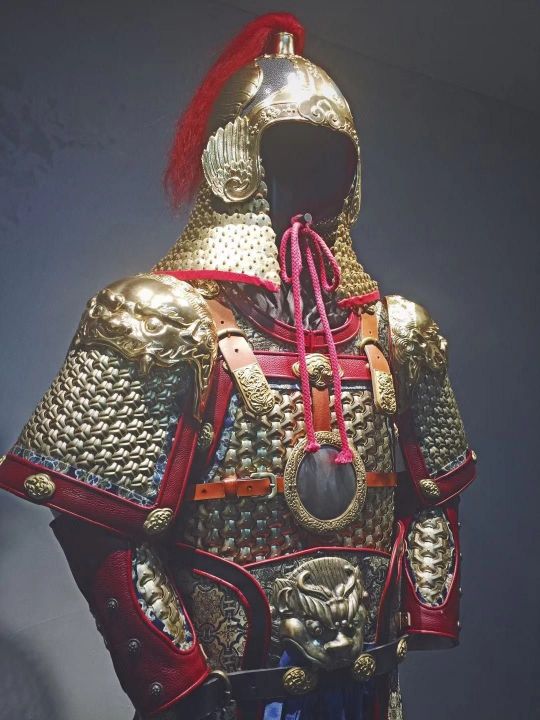
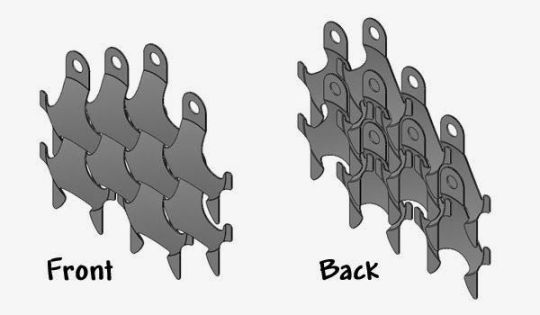
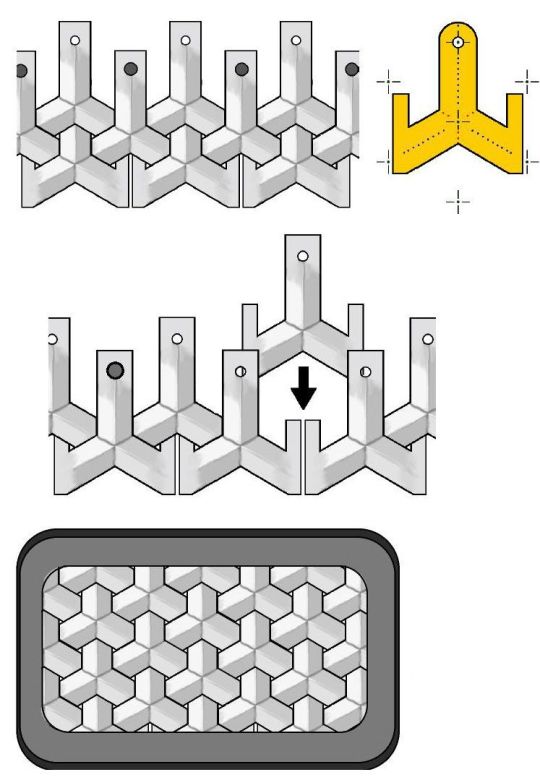
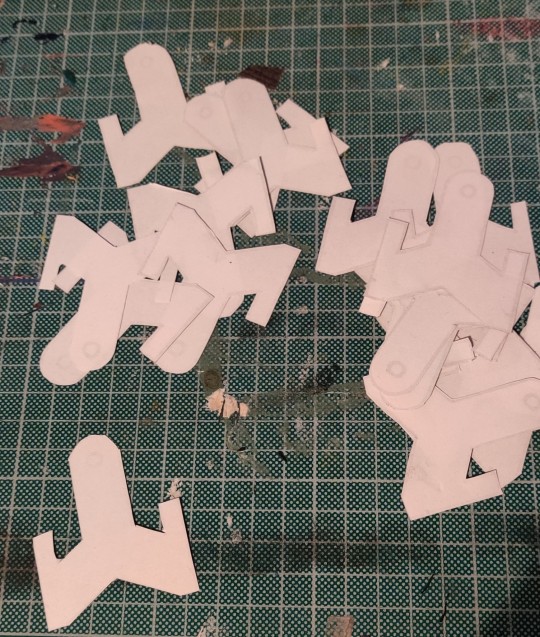

Chinese Mountain Armour was predominantly lamellar (a type of body armour, made from small rectangular plates or "scales" of iron or steel, leather rawhide, or bronze laced into horizontal rows) from the Warring States period (481 BC–221 BC) onward. Prior to which animal parts such as rhinoceros hide, rawhide, and turtle shells were used for protection of different parts of the body.
Partial plate armour was popular from the Northern and Southern dynasties (420–589), and mail and mountain pattern armour from the Tang dynasty (618–907).
Chain mail had been known since the Han Dynasty, but did not see widespread production or battlefield use, and may have seen as "exotic foreign armor" used as a display of wealth for wealthier officers and soldiers.
During the Ming dynasty (1368–1644), brigandine began to supplant lamellar armour and was used to a great degree into the Qing dynasty (1644–1912). By the 19th century most Qing armour, which was of the brigandine type, were purely ceremonial, having kept the outer studs for aesthetic purposes, and omitted the protective metal plates.
These are a couple of examples of how the plates are meant to interlink creating the strong yet flexible armour as pictured below.
After researching the Chinese Mountain armour pattern I decided to transfer it into a more readily available and much more fragile material, paper. This allowed me to work a little more efficiently as I could create sheets and sheets of the templates and proceed to cut and fold them into the desired shapes.
This process was interesting yet tedious. The repetitive nature was almost ritualistic and so much time went into every piece but it never felt like it got bigger or progressed. I have been doing this for so long that my body is in pain from sitting, cutting, folding and interweaving each individual panel, ironic that in making something that was designed to protect the body ended up causing mine so much pain in the process.
95 notes
·
View notes
Text
Trilogy of the Body III: Fragile body - Material Body (2016)
Research
Trilogy of the Body III: Fragile body - Material Body (2016) https://youtu.be/5OAz-Jbhs2k
Over the span of eight days at the Venice International Performance Art Week (2016) ,held in the European Cultural Center, over eighty performance artist displayed their work in the concluding section of the Trilogy of the Body exhibition. The artists were a mix of established artists and emerging artists. This final installment focused on the fragility of the body and soul, viewing the body as a material to display a vast eray of contemporary conceptual work.
I have chosen to look at the event as a whole as the performances all relate to my chosen theme within the stranger brief, that a body is a vessel and the relationships we form with it and with eachother can have such a marked effect on how we see ourselves.
Every performance throughout the week was documented and collated (see attached link). Each artist used a verity of materials to engage with the audiences, a lot of photography, videography, chanting, impact, self mutilation, restriction, destruction and so many more. All showing the importance of acceptance in the physical and spiritual place we reside, that historical events can take a tole on the body just as severely as current events. There were also a lot of religious and political undertones in some of the works, down to interpretation but I felt a much more sinister tone from these pieces than the ones of self mutilation, the looming power that comes from organised bodies of governance is terrifying and the effects on the mantal state being shown in the body are equally as scary. Feeling so powerless and alone when in reality the majority of people feel this way but we have as a society put up a wall of outward acceptance and we play pretend that everything is fine when in reality people are scared, their body's are in fight or flight mode with no one accepting it.
Most of the performance pieces, in my opinion, were open to self projection. The event itself encouraged conversation and questioning and allowed audience members to talk with the artist after the piece was done. Many of these artist said that the 'questions' they received were not questions at all but statements of fear, thanks, and relief, furthering my point that everyone is scared all the time but the armour we have built around ourselves refuses to let us admit it. It's only in these very controlled environments that we feel safe enough to put a crack in the wall and feel these things openly Infront of others.
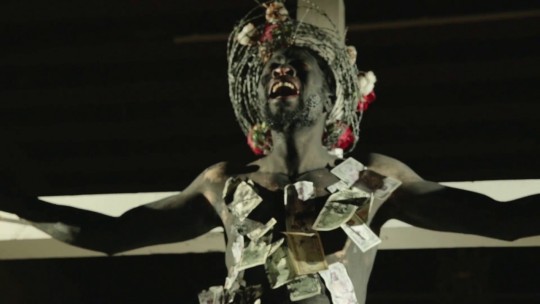
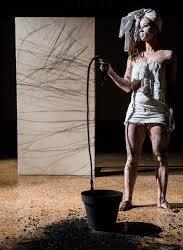
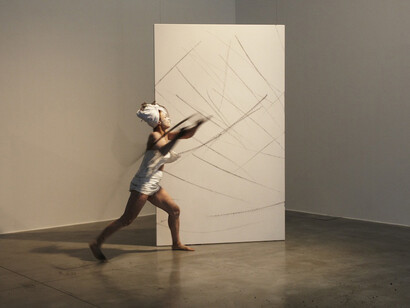
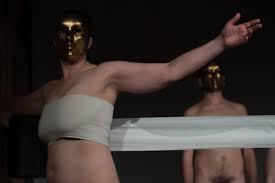
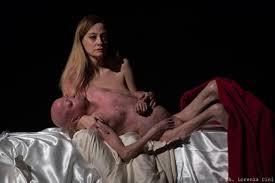
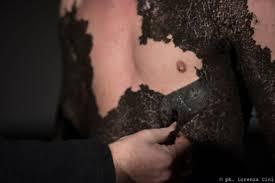
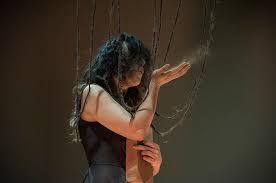

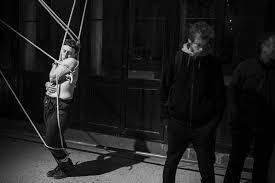
0 notes
Text
Kiki Smith, American, born Germany, 1954

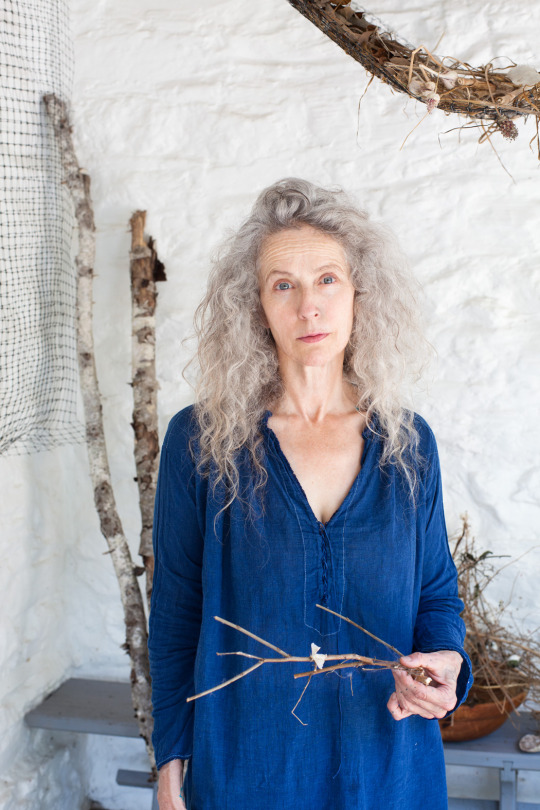
"The process the paper has undergone, it has transformed, from seed in the soil to tree to pulp to paper, to printer, the life is transformed, metamorphosised and then discarded. As the human-animal, this is what we do, every day, to many animal, plant, mineral and elements." - Kiki Smith on the process of using paper as a medium for her works Hard Soft Bodies (pictured above)
Hard Soft Bodies was made by American/German sculptor and artist Kiki Smith in 1992. She worked predominantly with paper and papier-mâché to create the two partial female forms.
The body of the upper torso consists of a head, arms, and upper torso cut off just below the breasts with a long looping form falling from the chest cavity, this form is roughly 6 feet 7 inches x 16 inches x 8 inches.
The body of the full torso is headless, with arms and upper torso cutt off just below the breasts, with a sac-like structure falling from the chest, in total 38 x 19 x 7 inches. The bodily forms appear fragile and deflated like a suit or costume that you would put on.
The paper used to make the forms comes from newspapers that she gathers from her shared accomodation. The process of gathering the disregarded, unvalued newspaper and soaking it, reforming it allows her to give the paper new meaning. Tearing and moulding to create the skin like figures applies to my work as it is a suit, it is a put on empty vessel for others comfort. Seeing it off can be unnerving.
This work in particular looks at the fragility of a body, the process she employs starting with water to soak the paper reminds me of birth. The shaping of something new, as it dries and shrinks it's like aging skin, when it's done it's fragile and open to harm, it can be punctured and ripped but the bodies are hollow of emotion because it was all a pretend body.
0 notes
Text




Looking at the grid pattern we had drawn on the paper and following the lines once it was in a position to see how the paper had shifted from a flate plane was so interesting. Seeing how it dipped and hid sections but they were still there. It had hidden itself away and was keeping those sections of gridding safe from view which is something people are incredibly good at. We are so well versed in self protection that we hide sections of ourselves to make others believe we are fine and fully functioning, those hidden bits will always be there but buried deep down as to keep up an image but eventually they want out.
1 note
·
View note
Text
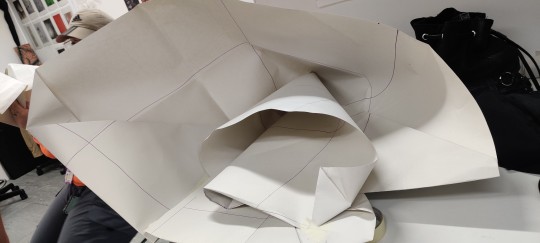


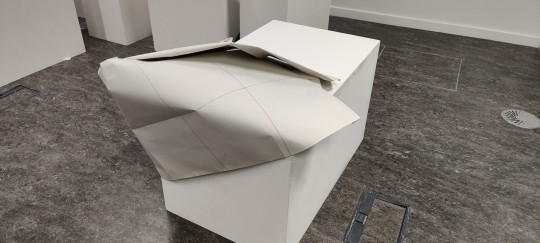
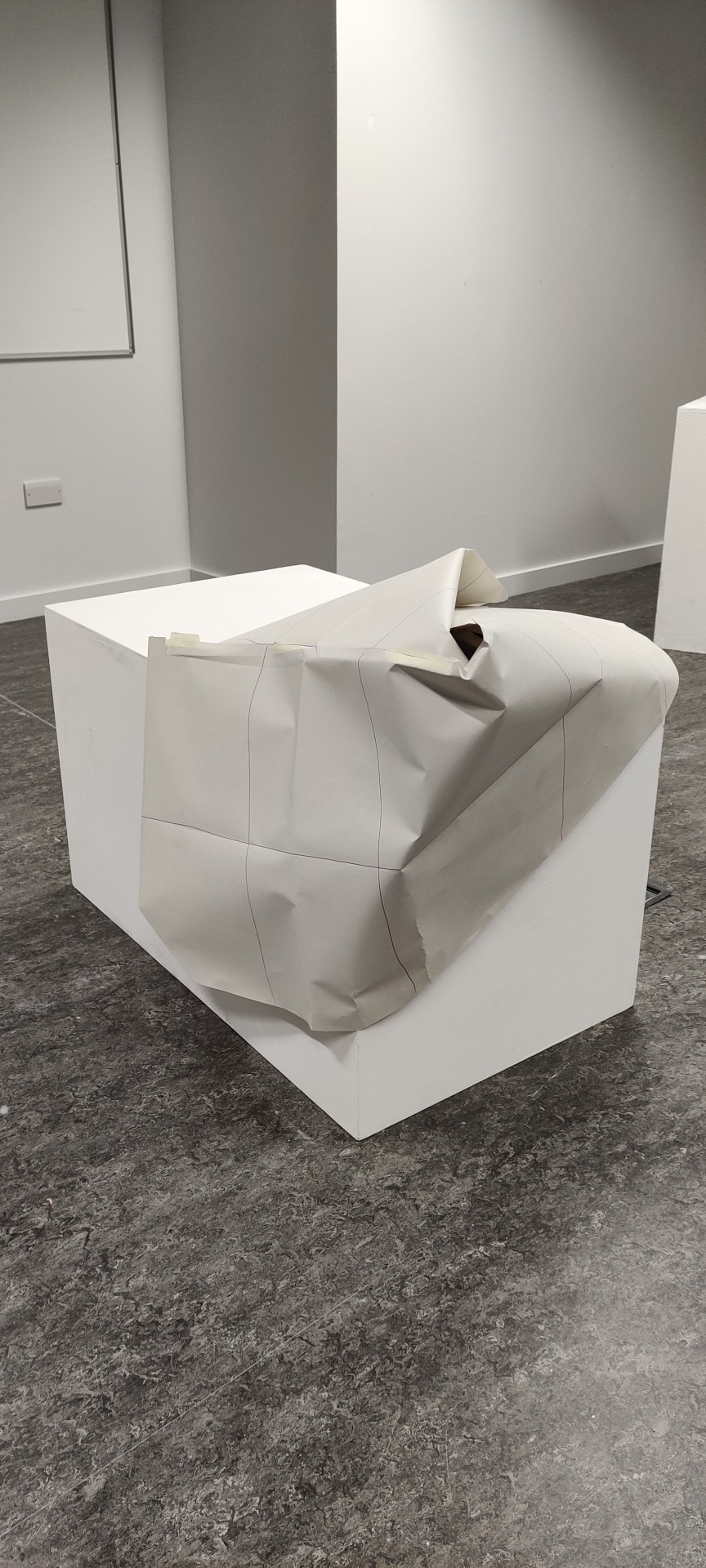

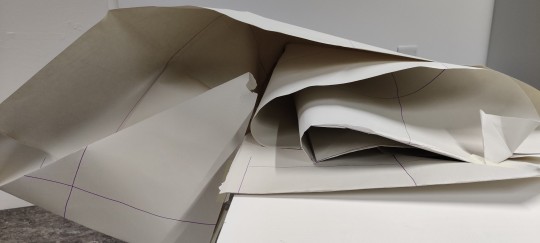

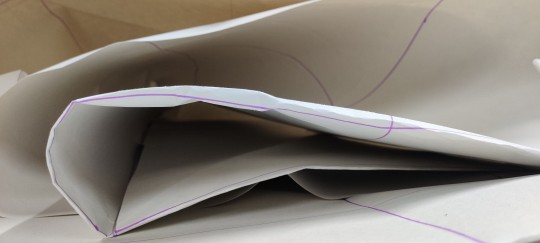
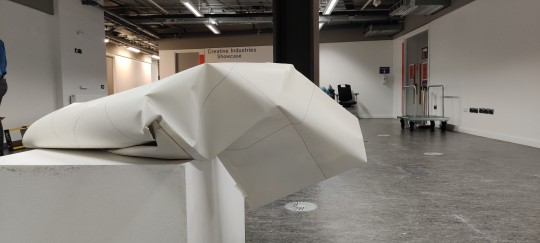
Folded forms leading on from the earlier work with Lorna for Visual Language. Playing with the scale of folded paper forms was interesting, especially working in the display space rather than the studio. Using the plinths allowed for the sheet to be draped and manipulated but most importantly (to me) viewed in isolation without the distraction of the busy studio.
I really like the way the paper flopped under its own weight and clung to the edges of the plinth, it was almost like a dripping effect but with a solid material. I would love to do more work trying to recreate this dripping effect with different materials in my final pieces.
1 note
·
View note













